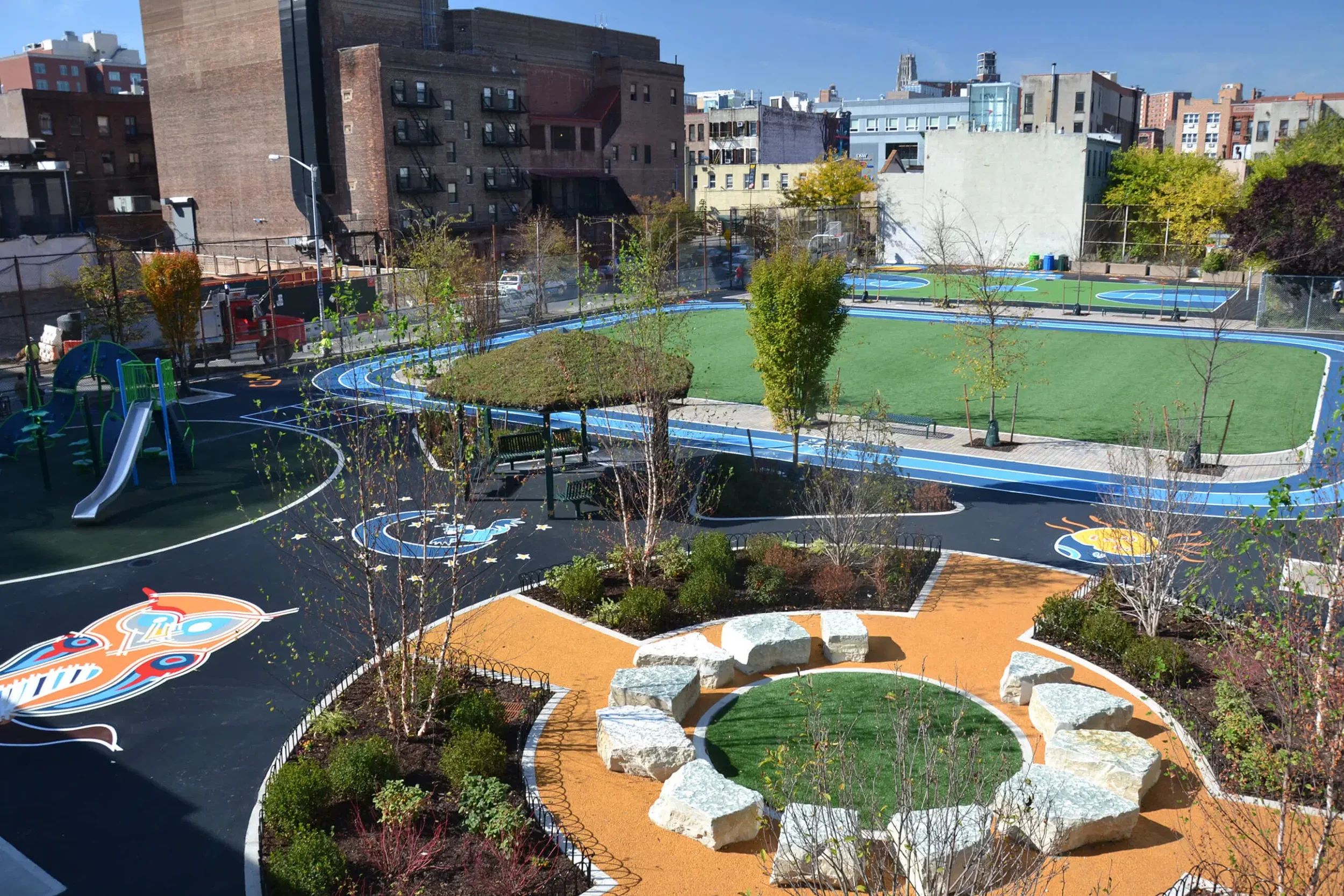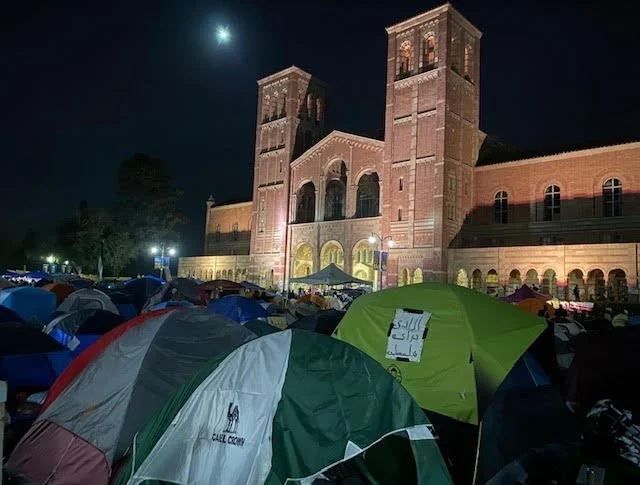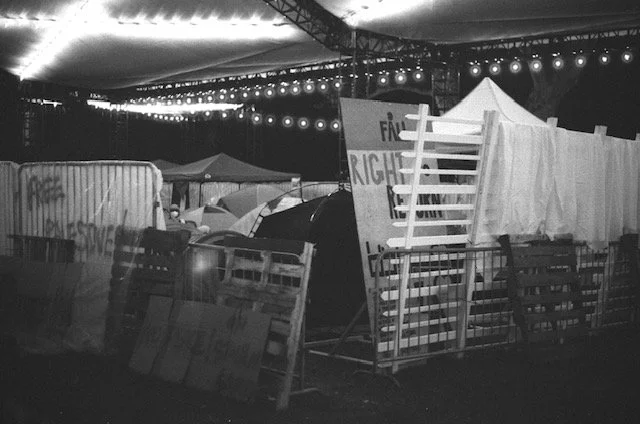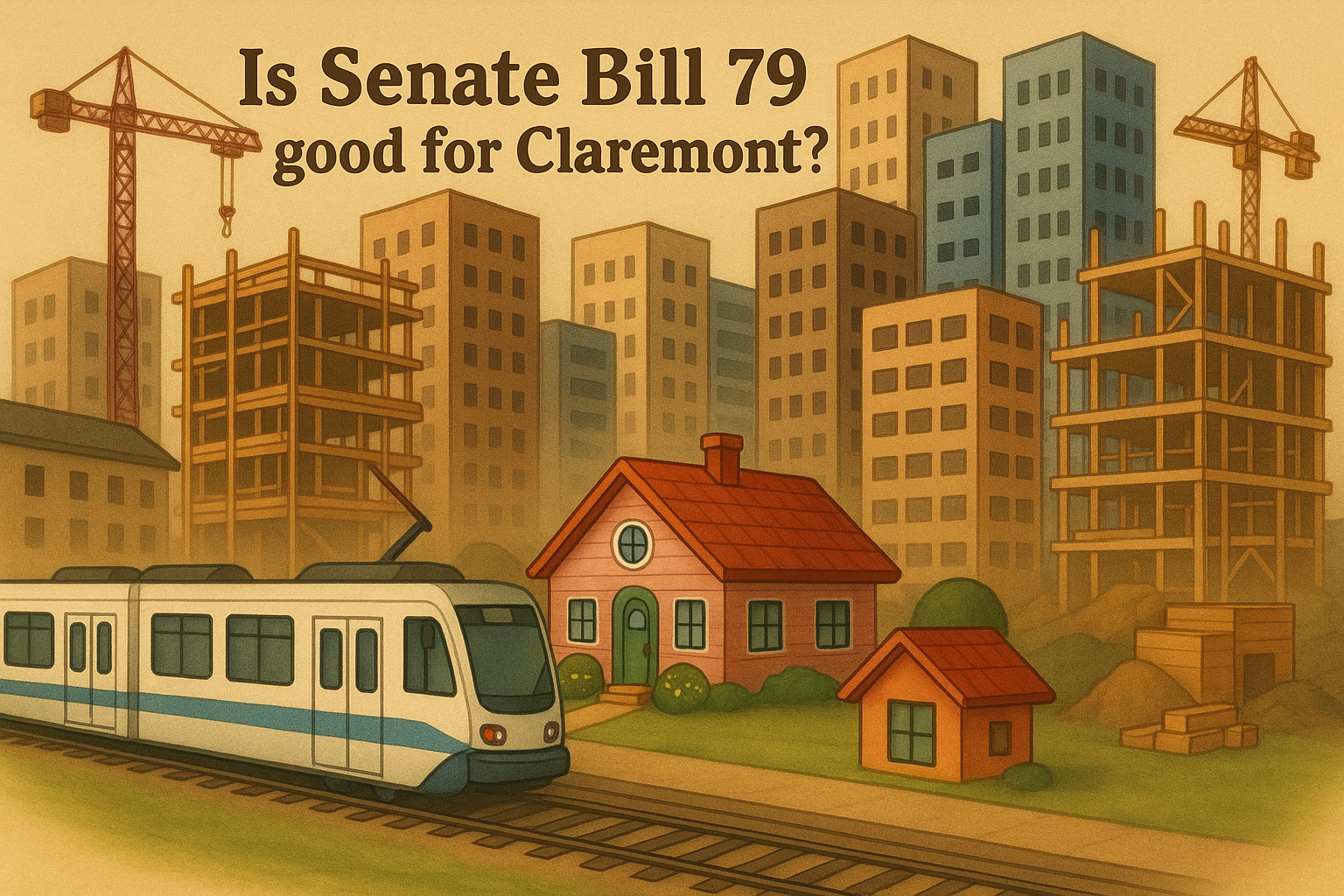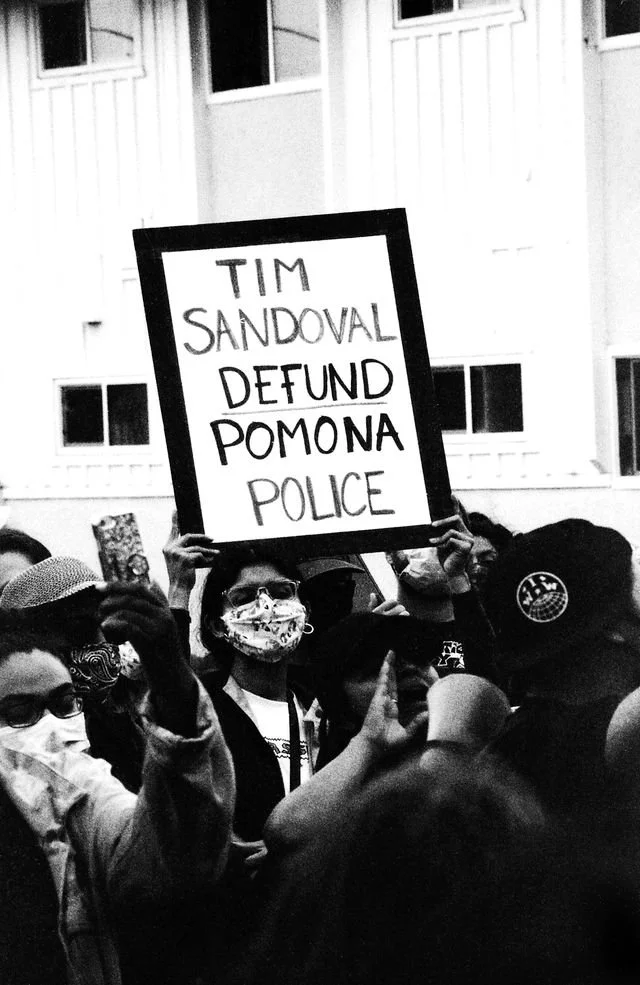Walk onto almost any public schools in historically disinvested neighborhoods in Southern California and you’ll see the same thing, blacktop with a few painted circles, heat bouncing off every inch of it. No trees. No softness. Just the sound of kids playing on the pavement and the smell of tar in the hot sun.
This isn’t a coincidence. This has happened because that’s how schools for marginalized kids have been built, cheap, easy to maintain, and disconnected from nature.
Studies show that the pattern is national, not local. Across the United States, public schools in low-income Black and Latino neighborhoods are far more likely to have asphalt yards and little to no tree canopy. The Guardian reported that 36 percent of U.S. students attend school in urban heat islands, with the worst conditions concentrated in poorer districts.
Moving from the South Side of Chicago to Inglewood in 1980, we played “throw up tackle,” basically rugby we just didn’t know the formal name. Either way, it was on asphalt. When the school took the balls away, because of fear we would get hurt, we just saved the foil covering from our lunches and combined them large enough to make a ball. That was recess, heat, concrete, and a kind of creativity born out of neglect.
Forty years later, the paint is brighter, new murals appear on school walls calling it progress, but the ground never changed.
Heat that Literally Burns
The UCLA Luskin Center conducted a study showing how hot playground surface can get. School playgrounds could reach up to 160 °F, hot enough to burn skin in seconds. On a 90 degree day, grass stays around 95 °F, asphalt hits 150, and rubber turf can climb to 165. The EPA has also recorded conventional asphalt at 152 °F by midday.
That’s the reality for thousands of students in public schools in working class districts, mostly Black and Latino, whose schools double as heat islands. The same schools that can’t afford air conditioning are hard boiling kids from the ground.
What Greening Really Means
People talk about “greening” schoolyards like it’s a beautification project. It’s not. It’s called infrastructure, and it’s long overdue.
Sharon Gamson Danks of Green Schoolyards America says it plainly, “This is a long term infrastructure problem. It’s actual infrastructure, on par with highway building.”
Green Schoolyards America explains why this work matters:
“Living school grounds are richly layered outdoor environments that strengthen local ecological systems while providing place based, hands-on learning resources for children and youth of all ages.” Read More
Their mission is simple, but radical in its implications:
“All children have daily access to nature on their school grounds, supporting dynamic hands-on learning across the curriculum and grade levels, child directed play, student health and well being, and a positive social environment.” Read More
And she’s right. We have built highways through Black neighborhoods but never bothered to plant shade trees where their children learn. Read More
Now, a few places are trying to fix that.
Buchanan Elementary in Highland Park: North East Trees tore out 400 tons of asphalt and planted 150 trees, fruit bearing, shade casting, humanizing.
Washington STEM Magnet in Pasadena: Amigos de los Ríos turned a bare yard into an outdoor classroom with pollinator gardens and bioswales. “Green space doesn’t just support childhood development, it supercharges it,” said Arbor Day Foundation CEO Dan Lambe.
Even Pasadena school board member Tina Fredericks once made the point clear with a thermometer, asphalt at 157 °F, grass under an oak at 82. California has finally put money on the table, $150 million for “schoolyard forests.” LAUSD has a goal of 30 percent tree canopy by 2035. It’s late, but it’s something.
Cities like Pomona, where Measure Y now sets aside funds for youth programs, could follow suit. Greening a campus isn’t about landscaping, it’s about equity, safety, and pride of place.
Because what these spaces reveal isn’t just bad design, it’s a hierarchy of who gets nature and who doesn’t.
The concrete classroom was built to last
And it did, too well. It taught generations of kids to adapt to heat, to fall on pavement, to accept that the world around them would always be hard.
Every patch of asphalt replaced with soil is a small act of correction. Every tree planted is proof that children deserve more than durability, they deserve beauty, shade, and care.
We’ve paved enough. The next generation should learn on ground that breathes back.
Sources
Tina Fredericks, Pasadena Unified School Board
“Guest Opinion: Yes on Measure R + Measure EE; Yes to Greener, Cooler, Safe Schools and Competitive Salaries.” Pasadena Now, 2024.
Segregation By Design
Los Angeles: Sugar Hill
Green Schoolyards America
“Living School Grounds.”
“Our Mission.”
https://www.greenschoolyards.org/mission
UCLA Luskin Center for Innovation
“Action Area 3: Protecting Students from Heat Outdoors.” 2023.
CalMatters
“Outdoor Shade: California Schools Face Heat Risks.” 2024.
U.S. Environmental Protection Agency (EPA)
“Using Cool Pavements to Reduce Heat Islands.” 2024.
The Guardian
“Asphalt Schoolyards Remade into Green Oases — in Pictures.” 2022.
Governing Magazine
“Reimagining Schoolyards to Improve Health and Learning.” 2024.
Environmental Health News
“Schools Across the U.S. Are Removing Asphalt to Reduce Heat Risks.” 2023.
Planetizen
“Green Schoolyards Gain Momentum Across Southern California.” 2025.
Arbor Day Foundation / The Guardian
“LA Schools Are Turning Blacktop into Green Spaces.” 2025.
Julian Lucas is a photographer, writer and provocateur committed to documenting what power tries to hide. Julian is the founder of The Pomonan and founder and owner of Mirrored Society, a bookshop dedicated to fine art books. His work, on the page, in the darkroom, and in the streets, documents what institutions try to forget. He publishes what others try to bury.


